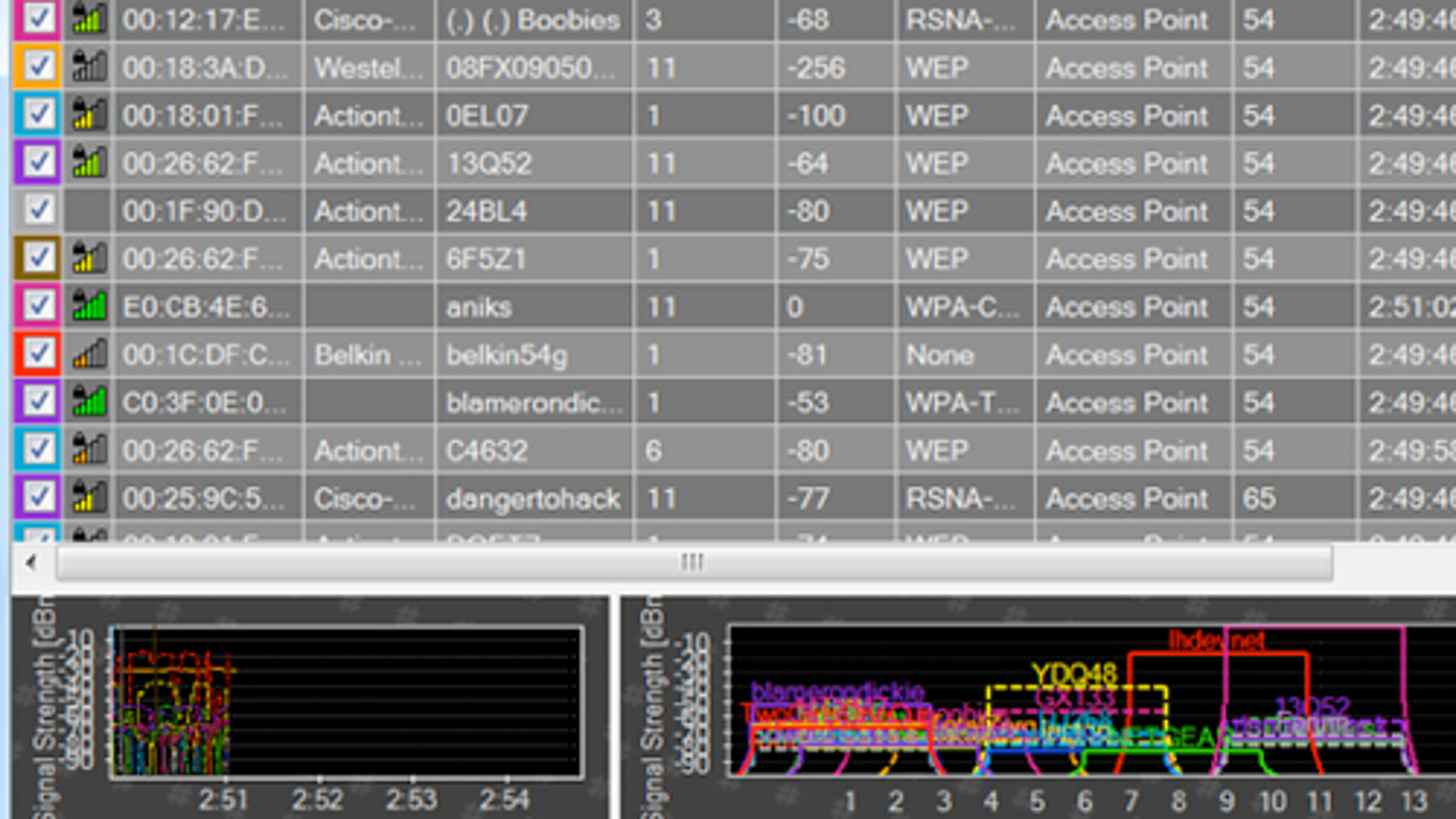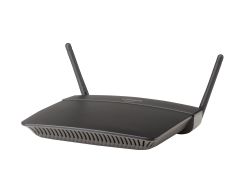
Wifi 5 tries to solve this problem by using a different, less congested frequency channel, the 5GHz band. To make it worse, other types of wireless networks also use the same frequency.

The 2.4Ghz band is hardly ideal as it has many devices running using that radio frequency. The previous Wifi standard, 802.11n, operated using both the 2.4 and 5GHz bands, while others used only 2.4ghz. Wireless data transmission in Wifi 5 occurs on the less congested 5GHz band frequency.Wifi 5, while a wonderful innovation, has pros and cons. Wifi 5 was released in 2014 and brought several upgrades from the previously used Wifi 4. Wifi 5 or IEEE 802.11ac is the fifth generation of wireless networking standards in the IEEE 802.11 set of standards which provides high throughput in a wireless local area network (LAN) using the 5GHz band frequency. However, Wifi 6 has been released and has begun to penetrate the global market. A few years back, Wifi 5 was the highest Wifi standard available. Since its advent, wireless technology, specifically Wifi, has kept evolving with the release of more sophisticated standards over the years. WaveLAN was then developed in 1991 and became the precursor to today’s IEEE 802.11 Wifi standards. In its most primitive form as ALOHAnet, Wifi originated in Hawaii in 1971. It is a technology that uses radio waves to enable computers, smartphones, smartwatches, and other electronic devices to access the internet and also communicate with each other in a wireless personal area network. Wifi refers to “wireless fidelity” and was coined as a tradename by a group of tech companies, the Wifi Alliance. Virtually every smartphone has some form of Wifi connectivity.

Wifi is a prevalent technology used all over the world.


 0 kommentar(er)
0 kommentar(er)
